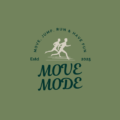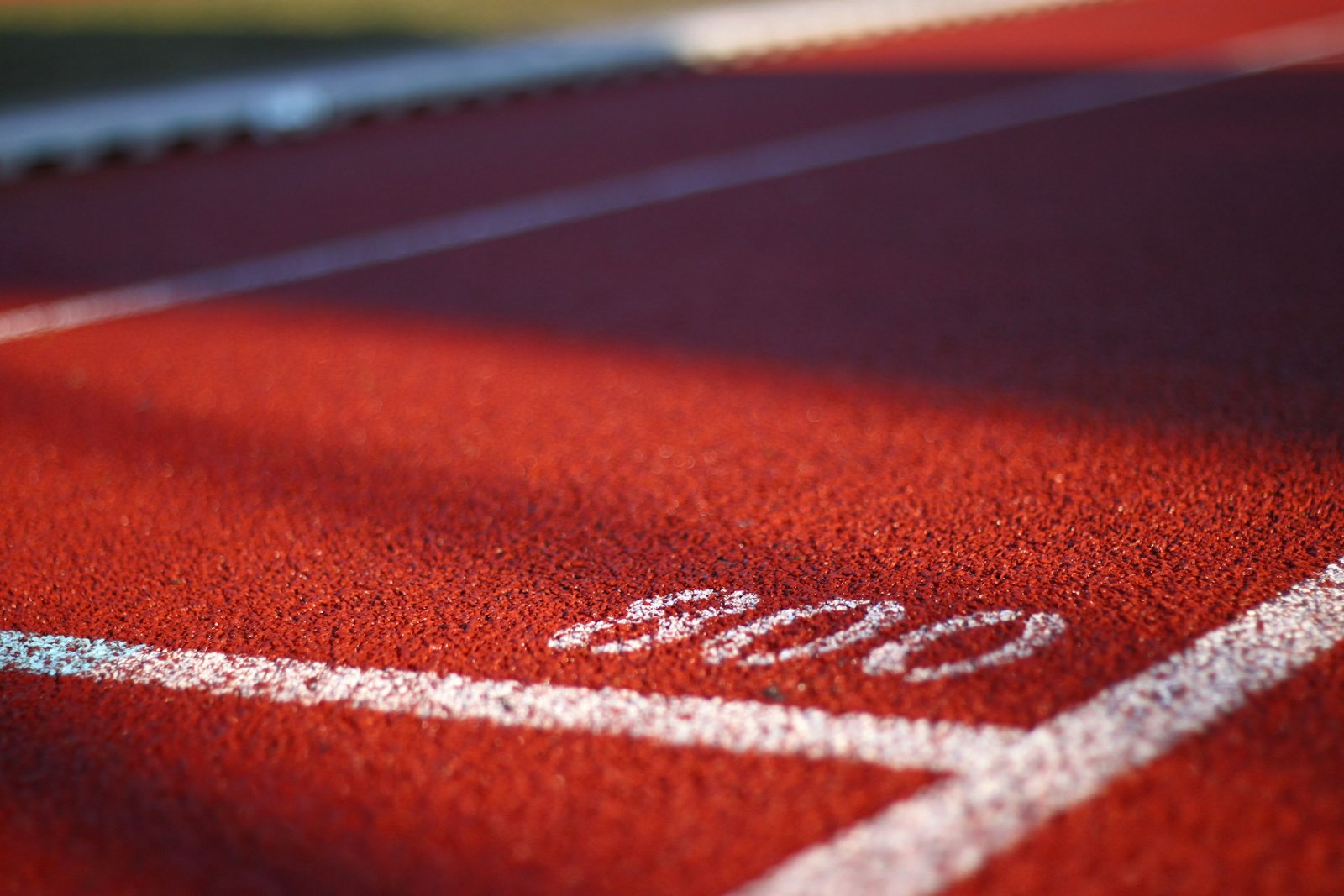
How to Build a Home Gym for Runners on a Budget
Disclosure: We may earn money from the companies mentioned in this post, but we only recommend brands that we truly love and trust.
How to Build a Home Gym for Runners on a Budget
Running is an incredible way to stay fit, but even the most dedicated runners know that a well-rounded fitness routine goes beyond pounding the pavement. Building strength, improving flexibility, and enhancing recovery are key to boosting your running performance—and you don’t need an expensive gym membership to do it. With a little creativity and the right gear, you can create a budget home gym for runners that complements your miles without breaking the bank.
In this guide, we’ll walk you through how to set up an affordable home gym tailored to runners. From essential running workout equipment to space-saving tips, we’ve got you covered with practical, cost-effective solutions. Whether you’re a beginner or a seasoned marathoner, these ideas will help you level up your training at home—all while sticking to a budget. Let’s dive in!
Setting Your Budget and Space
First things first: define your budget. A budget home gym doesn’t mean low quality—it means smart choices. You can build a solid setup for under $100-$200, depending on what you already own. Start with essentials and add as you go.
Next, assess your space. You don’t need a spare room—just a spot for a yoga mat and a few tools. A corner of your living room, garage, or even a balcony can work. Look for compact, multi-use items to save space and money. Ready to shop? Here’s what to include in your runner’s home gym.
1. Resistance Bands: The Runner’s Best Friend
Why You Need Them: Resistance bands are a game-changer for runners. They’re lightweight, versatile, and perfect for targeting key running muscles like your glutes, quads, and calves. Use them for lateral walks, squats, or hip bridges to build strength and prevent injuries.
Budget Pick: A set of loop resistance bands (typically 5 levels of resistance) costs around $10-$15 on Amazon. Look for a pack with a carrying pouch for easy storage.
How to Use Them: Try this quick workout: 3 sets of 15 lateral band walks, 10 squats with a band above your knees, and 20 clamshells per side. Your hips and glutes will thank you on your next run.
2. Yoga Mat: Your All-in-One Surface

Why You Need It: A yoga mat is the foundation of your home gym. It’s ideal for stretching, core work, and even strength exercises. Runners need flexibility to avoid tight hamstrings or hip flexors, and a mat makes it comfortable.
Budget Pick: A basic yoga mat runs $15-$25. Opt for one at least 4mm thick for cushioning—your knees will appreciate it during planks.
How to Use It: Post-run, do a 10-minute stretch routine: downward dog, pigeon pose, and a seated forward fold. Pair it with your resistance bands for extra versatility.
3. Kettlebells: Affordable Strength Training
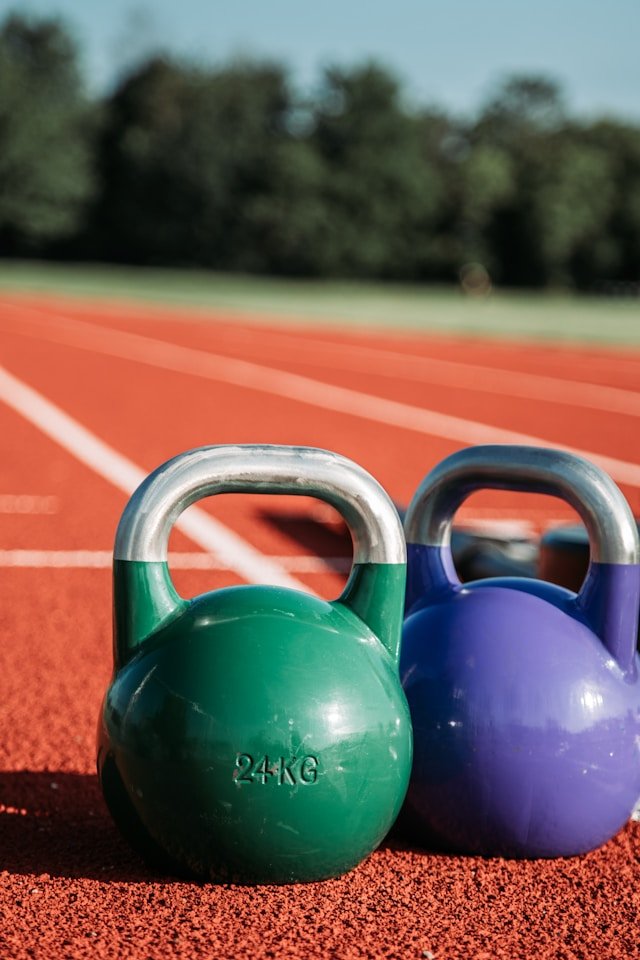
Why You Need Them: Strength training improves running economy—how efficiently you use energy on the road. Dumbbells or kettlebells target your upper body, core, and legs, balancing out the repetitive motion of running.
Budget Pick: Start with a set of kettlebells that contain 5lbs, 10lbs, 15lbs, and 20lbs. Check Amazon for deals on multi-weight options.
How to Use Them: Try goblet squats (3 sets of 12), single-leg deadlifts (10 per leg), or kettlebell swings (15 reps) to build power and stability.
4. Foam Roller: Recovery on a Budget
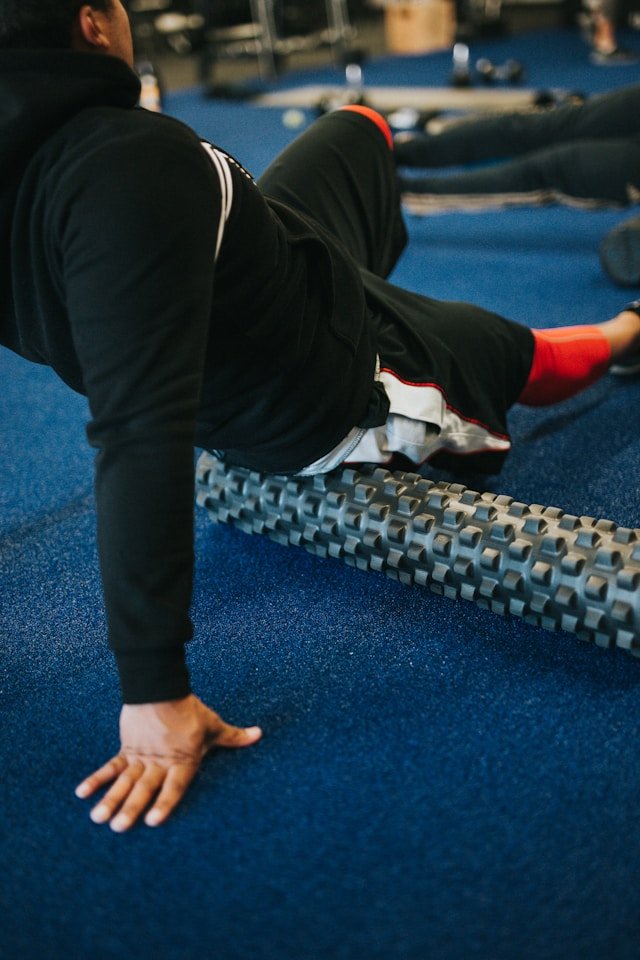
Why You Need It: Recovery is non-negotiable for runners. A foam roller relieves muscle tightness, boosts circulation, and speeds up healing after tough runs. It’s a small investment with big returns.
Budget Pick: A 12-inch foam roller costs $20-$40. Go for a medium-density one—firm enough to work knots but not too painful.
How to Use It: Roll your calves, quads, and IT band for 1-2 minutes each after runs. Pair it with static stretches on your yoga mat for a full recovery session.
5. Jump Rope: Cardio Boost Without the Treadmill
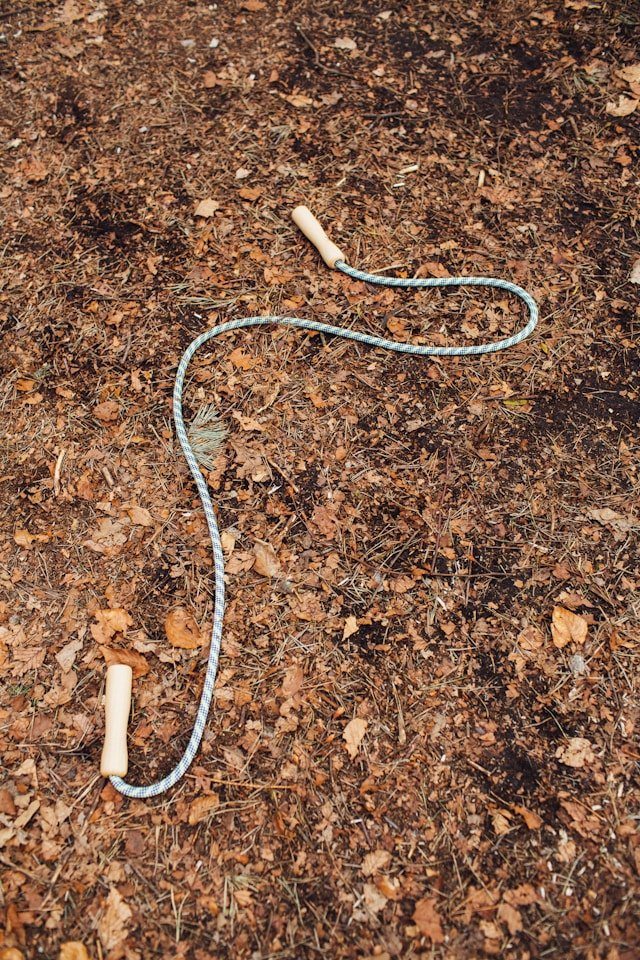
Why You Need It: A jump rope adds variety to your cardio while strengthening your calves and improving coordination—both critical for runners. It’s a fraction of the cost of a treadmill and takes up almost no space.
Budget Pick: A basic speed jump rope is $5-$15. Look for one with adjustable length and comfortable handles.
How to Use It: Start with 5 minutes of jumping (30 seconds on, 30 seconds off) as a warm-up or cross-training session. It’s low-impact and fun!
6. Stability Ball: Core Strength for Runners
Why You Need It: A strong core stabilizes your body during runs, reducing fatigue and injury risk. A stability ball is an affordable way to target your abs, obliques, and lower back.
Budget Pick: A 65cm stability ball costs $15-$25. Make sure it comes with a pump for easy setup.
How to Use It: Try 3 sets of 15 ball crunches, 10 bridges, and a 30-second plank with your forearms on the ball. Your posture and pace will improve.
Bonus Tips for Your Budget Home Gym
- Multi-Use Gear: Choose items like resistance bands and dumbbells that work for multiple exercises to maximize value.
- Storage Solutions: Storage bin or wall hooks keep your space tidy. Click here for an option
- DIY Options: No dumbbells? Fill water bottles with sand for weights. Creativity cuts costs!
- Shop Smart: Look for Amazon deals, especially during sales like Prime Day, to snag affordable running gear.
Sample Weekly Workout Plan for Runners
Here’s how to use your new home gym to complement your running:
- Monday (Strength): Resistance band squats, dumbbell lunges, stability ball crunches (3 sets each).
Build power in your legs and core to support your running form. - Tuesday (Run): Easy-paced run at a comfortable effort level, followed by foam rolling.
Keep the duration flexible—aim for a relaxed run that feels good for your body, then roll out your calves and quads to recover. - Wednesday (Cardio): 10-minute jump rope intervals (30 seconds on, 30 seconds off), followed by yoga mat stretches.
Boost your heart rate and coordination with the jump rope, then stretch your hamstrings and hips on the mat. - Thursday (Rest or Light): Foam roller session, gentle yoga on the mat.
Take it easy with a full-body roll and poses like child’s pose or cat-cow to stay loose. - Friday (Strength): Kettlebell swings, band lateral walks, ball bridges (3 sets each).
Target your glutes and hips for stability and power on runs. - Saturday (Long Run): Longer run at a steady pace, followed by recovery with the foam roller.
Extend your usual run time to build endurance—adjust based on your goals—then roll out tight spots. - Sunday (Active Recovery): Jump rope warm-up (5 minutes), full body stretch on the mat.
Keep it light with a quick cardio burst and stretches like pigeon pose or a seated forward fold.
This plan keeps you strong, flexible, and ready to hit the road—all from your budget home gym.
How Much Will It Cost?
- Resistance Bands: $10
- Yoga Mat: $22
- Kettlebells: $50
- Foam Roller: $35
- Jump Rope: $9
- Stability Ball: $24
- Total: $150
Why Invest in a Home Gym as a Runner?
A budget home gym for runners isn’t just about saving money—it’s about running better. Strength training reduces injury risk by up to 50%, per studies, while flexibility work keeps you limber. Plus, you’ll have no excuses to skip workouts when the gears right there. Whether you’re chasing a PR or just enjoying the trails, these tools make a difference.
Final Thoughts
Building a home gym for runners on a budget is easier than you think. With affordable staples like resistance bands, a yoga mat, and a foam roller, you can train smarter, recover faster, and run stronger—all without draining your wallet. Start small, pick gear that fits your goals, and watch your running game soar.
To see our opinion on the Best Budget Running Gear That Delivers Performance: Click Here
